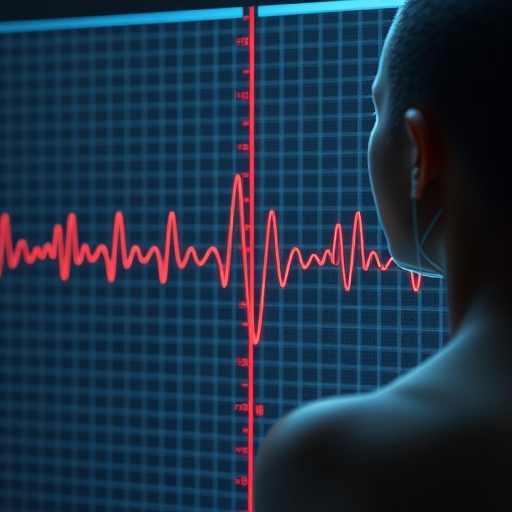- In-text citations: In-text citations are used to give credit to the original author(s) of a source within the body of your writing. In media studies, in-text citations may include the name of the author, the title of the article or book, and the date of publication. For example:
According to Jenkins (2006), “convergence culture represents a shift in the relations between media and culture, as consumers take control of the flow of media” (p. 2).
In her book The Presentation of Self in Everyday Life, Goffman (1959) discusses the ways in which individuals present themselves to others in social interactions.
- Direct quotations: Direct quotations are used to include the exact words from a source within your writing, usually to provide evidence or support for a particular argument or idea. In media studies, direct quotations may be enclosed in quotation marks and followed by an in-text citation that includes the author’s last name and the date of publication. For example:
As Jenkins (2006) argues, “convergence represents a cultural shift as consumers are encouraged to seek out new information and make connections among dispersed media content” (p. 3).
In their article “The Future of Media Literacy in a Digital Age,” Hobbs and Jensen (2009) assert that “media literacy education must evolve to keep pace with changing technologies and new media practices” (p. 22).
- Paraphrasing: Paraphrasing involves restating information from a source in your own words, while still giving credit to the original author(s). In media studies, paraphrased information should be followed by an in-text citation that includes the author’s last name and the date of publication. For example:
Jenkins (2006) argues that convergence culture is characterized by a shift in power from media producers to consumers, as individuals take an active role in creating and sharing content.
According to Hobbs and Jensen (2009), media literacy education needs to adapt to keep up with changing media practices and new technologies.
- Secondary sources: In some cases, you may want to cite a source that you have not read directly, but have found through another source. In media studies, you should always try to locate and cite the original source, but if this is not possible, you can use the phrase “as cited in” before the secondary source. For example:
In her analysis of gender and media representation, Smith (2007) argues that women are often portrayed in stereotypical and limiting roles (as cited in Jones, 2010).
When writing in media studies, there are different citation methods you can use to give credit to the original author(s) and provide evidence to support your arguments. In-text citations, direct quotations, paraphrasing, and secondary sources can all be effective ways to incorporate citations into your writing. Remember to use citations appropriately and sparingly, and always consult the specific citation guidelines for your chosen citation style.

